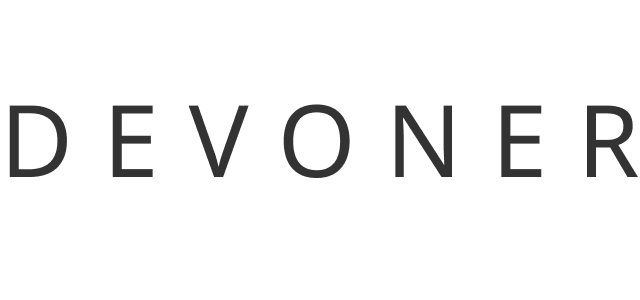Creating the right technology stack is a cornerstone of successful software development. A well-designed tech stack is not just a collection of tools; it’s the engine that drives your product, ensuring seamless performance and the ability to scale as needed. Choosing the right combination of technologies is essential, but the process can be overwhelming due to the sheer variety of available options, including programming languages, frameworks, and database technologies. The challenge lies in selecting the components that best align with your project’s goals, scalability needs, and security requirements.
At Devoner, we specialize in guiding businesses and startups through this complex decision-making process. Our expertise ensures that your technology stack is not only tailored to your current needs but also flexible enough to grow with your project. In this guide, we’ll explore the key steps in building a tech stack, discuss the core features for both admin and user interfaces, and highlight best practices for creating a robust, scalable, and secure software solution.
7 Essential Steps to Build Your Product’s Tech Stack
Building a tech stack is a strategic process that involves selecting the right technologies to ensure your product’s success. Here’s a step-by-step guide:
Step 1: Define Your Product’s Requirements
Before diving into technology selection, it’s crucial to clearly define your product’s requirements. Consider the core features, performance expectations, scalability needs, integration with external systems, and security and compliance requirements. Understanding these elements will help you choose the most appropriate technologies.
Step 2: Choose the Right Programming Languages
The choice of programming languages should align with your project’s goals and technical demands. Factors such as developer expertise, community support, and technical compatibility are crucial. Popular languages like Python, JavaScript, and Java offer versatility and performance. At Devoner, we leverage our deep knowledge of these languages to build custom solutions that meet your specific needs.
Step 3: Select the Appropriate Frameworks and Libraries
Frameworks and libraries form the backbone of your tech stack. Opting for established tools like React, Angular, Django, or Ruby on Rails can accelerate development and ensure maintainability. These frameworks provide robust features that can be customized to fit your project’s unique requirements.
Step 4: Choose the Right Database Technology
Your database choice is critical for data storage and retrieval. Relational databases like MySQL and PostgreSQL are ideal for structured data, while NoSQL options like MongoDB are better for unstructured data. In some cases, a hybrid approach may be necessary to meet diverse data needs.
Step 5: Consider Infrastructure and Hosting Options
The infrastructure and hosting environment play a significant role in your application’s performance and scalability. Cloud-based solutions such as AWS, Azure, and Google Cloud offer flexibility and ease of management. Alternatively, serverless computing can offload infrastructure management, allowing you to focus on development.
Step 6: Prioritize Security and Scalability
Security and scalability must be integral parts of your tech stack from the start. Implement robust security measures, such as data encryption and regular audits, and ensure your stack can scale to meet growing user demands. Technologies like load balancers and auto-scaling can help maintain performance under increased traffic.
Step 7: Test and Optimize Continuously
Ongoing testing and optimization are vital to maintaining a robust technology stack. Regular security audits, performance monitoring, and real-world usage testing can identify areas for improvement, ensuring your stack remains efficient and secure.
Key Considerations for Building Your Tech Stack
Several factors should guide your decision-making process when building a tech stack:
- Operating System: Choose an OS that aligns with your project’s performance and compatibility needs.
- Technology Selection: Opt for technologies that match your project goals, whether a MEAN stack for web apps or a serverless approach for smaller projects.
- Project Size: Tailor your stack to the size and scope of your project, with more complex stacks for larger endeavors.
- Frontend and Backend Integration: Ensure seamless communication between your frontend and backend technologies.
- Scalability: Select technologies that support your long-term scalability needs without requiring frequent overhauls.
Benefits of a Well-Built Tech Stack
Investing in the right tech stack offers numerous benefits:
- Enhanced Performance: A carefully selected stack ensures efficient operation and a smooth user experience.
- Scalability and Flexibility: Modern tech stacks can scale effortlessly as your product grows.
- Security: Built-in security measures protect your application and user data.
- Streamlined Development: Familiar tools and frameworks reduce development time and errors.
- Access to Modern Services: Integrating APIs and modern services enhances functionality and user experience.
Key Takeaway
Building a robust tech stack is essential for the success of your product. The right stack ensures that your technology infrastructure aligns with your business objectives, whether you’re developing web apps, mobile apps, or business intelligence solutions. Understanding your options and their benefits will help you make informed decisions that drive your project to success.


